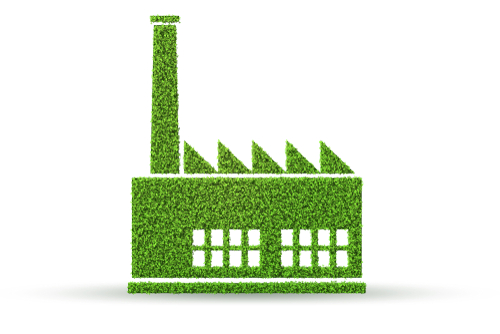The U.S. Department of Energy (DOE) announced a total $15.3 billion in energy savings through the Better Buildings Initiative, a public-private partnership with more than 900 businesses, state and local governments, utilities, housing authorities, and other organizations across the United States pursuing ambitious energy, waste, water, and/or greenhouse gas reduction goals and sharing their solutions.

According to a new DOE progress report, these savings represent 155 million metric tons of carbon emissions, or roughly the amount of greenhouse gases emitted by 20 million homes in one year.
U.S. Secretary of Energy Jennifer M. Granholm said, “Our partners are leading the way to a prosperous clean-energy economy and a healthier planet.”
Since 2011, the Better Buildings Initiative has partnered with leaders in the public and private sectors to improve the energy efficiency of American homes, commercial buildings, and industrial plants. Better Buildings partners commit to expanding their investments in energy-saving technologies, sharing best practices, and measuring their progress toward pre-determined goals.
The 2022 Better Buildings Progress Report, recently released during the program’s annual summit, summarizes the achievements of Better Buildings partners, which include 36 of the country’s Fortune 100 companies, 10 of the top 25 U.S. employers, and more than 100 state and local governments. Together these companies represent 14% of the American manufacturing energy consumption footprint and 13% of total commercial building space.
Highlights from the 2022 Better Buildings Progress Report include:
- Demonstrating market leadership: Twelve “Goal Achiever” organizations reached their Better Buildings Challenge energy or water goals in the past year. Through the Better Buildings or Better Plants Challenge, more than 345 organizations have committed to increasing their energy efficiency and sharing their solutions with the market. These 12 organizations are:
- Bullitt County Public Schools, KY
- District of Columbia Housing Authority
- Fort Worth Independent School District
- Jamaica Plains Neighborhood Development
- Knoxville, TN
- Legrand North and Central America
- Life Time, Inc.
- Minneapolis Public Housing Authority
- Wendium of Florida
- The Wendy’s Company
- Whole Foods Market
- Will County, IL
- Advancing decarbonization: More than 100 organizations have joined Better Climate Challenge, committing to reduce their greenhouse gas emissions by 50% or more within 10 years across their facilities and fleets. DOE is supporting their efforts by providing technical assistance, facilitating peer-to-peer learning opportunities, and highlighting real-world, replicable solutions. Sixty-five Low Carbon Pilot partners are exploring building- and plant-level pathways for reducing emissions.
- Reducing financing barriers: Financial Allies have extended more than $28 billion for energy efficiency and renewable energy projects since the start of the program.
- Promoting workforce development: In its first year, the Better Buildings Workforce Accelerator provided nearly 100 trainings to more than 38,000 participants. Additionally, more than 500 attendees joined Better Plants Virtual In-Plant trainings in the past year, identifying over $4 million in potential energy savings.
- Driving innovation and emerging technologies: Integrated Lighting Campaign participants reported energy savings of approximately 4 million kilowatt-hours through the implementation of advanced lighting systems. Building Envelope Campaign participants reported savings of approximately 9 billion British thermal units based on envelope technologies alone.
- Supporting green leasing and high-performance buildings: Green Lease Leaders launched a new Platinum level to recognize companies for integrating high-performance leasing and social equity practices into building operations. The program expanded by more than 20%, and the total program spans five billion square feet of building space. This DOE initiative is in partnership with the Institute for Market Transformation.
For more information, read the full 2022 Better Buildings Progress Report. To learn more about DOE’s Better Buildings Initiative, visit the Better Buildings website.
